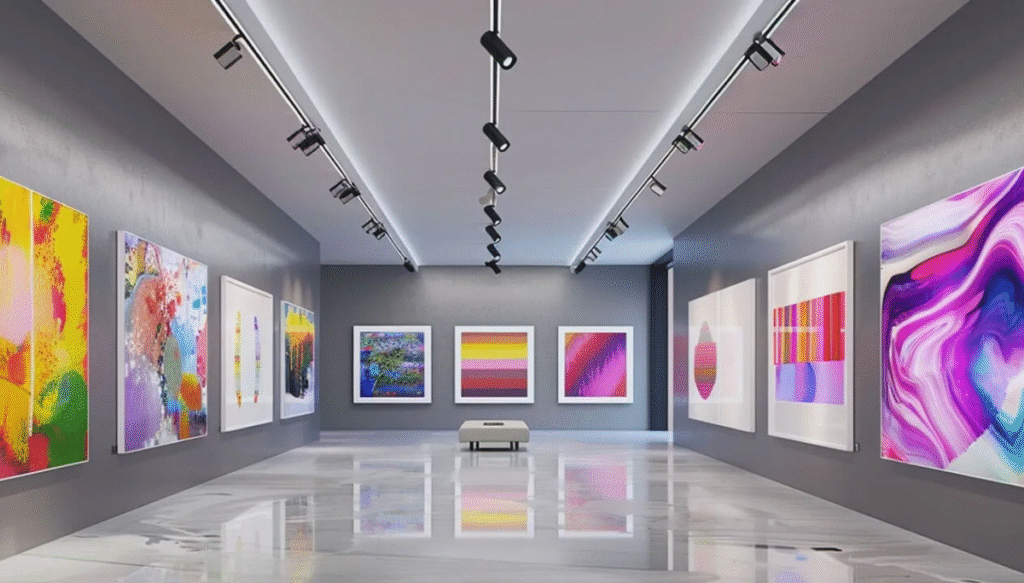
In the era of artificial intelligence, the creative process is undergoing a major transformation. One of the most exciting developments is AI-generated art. With tools like MidJourney, DALL•E, and Artbreeder, anyone can now create stunning digital artwork without being a trained artist. This revolution has opened new doors for creative entrepreneurship. If you want to turn these creations into a source of income, this blog will show you how to monetize AI-generated art, even if you don’t have a design background.
- What is AI-Generated Art?
- Why Sell AI-Generated Art?
- Step-by-Step Guide to Monetizing AI-Generated Art
- 1. Choose the Right AI Tool
- 2. Learn Prompt Engineering
- 3. Curate and Refine Your Art
- 4. Decide How You Want to Sell
- 5. Build an Online Presence
- 6. Understand Licensing & Usage Rights
- 7. Optimize Listings with SEO
- 8. Offer Customization Services
- 9. Track Your Analytics
- 10. Keep Learning and Innovating
- Bonus Tips to Maximize Earnings
- Final Thoughts
What is AI-Generated Art?
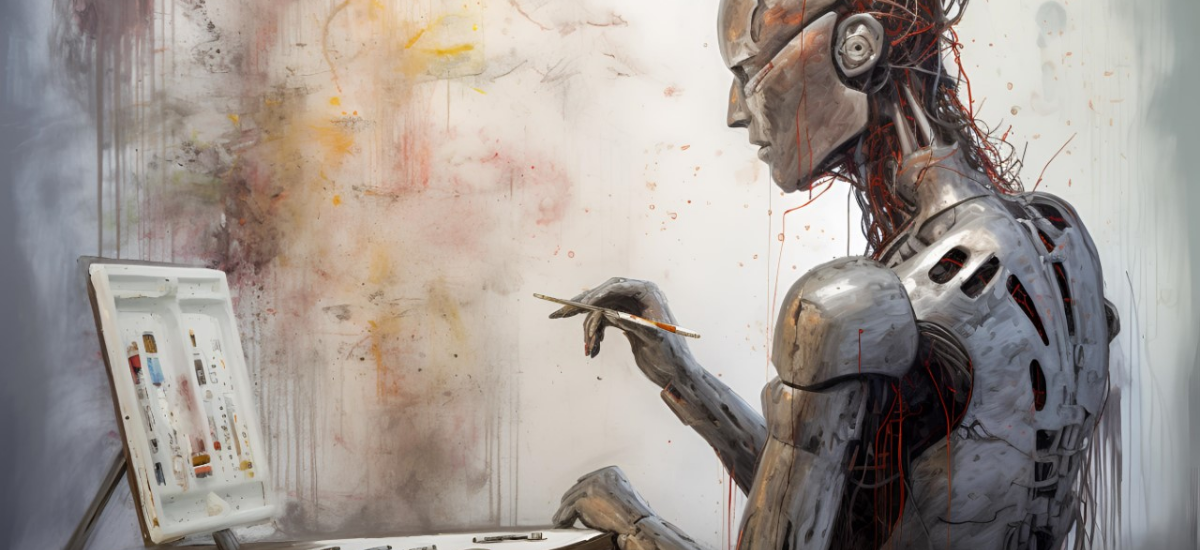
AI-generated art refers to visuals or images created using artificial intelligence models. These models analyze vast datasets of existing artworks, styles, and patterns to generate new and unique pieces based on user prompts.
Popular platforms include:
- MidJourney: Known for its surreal, stylized artwork.
- DALL•E (by OpenAI): Excels at turning text prompts into detailed images.
- Artbreeder: Allows blending of different images to create new ones.
These tools give non-designers the power to produce art by simply describing what they want to see. And as technology becomes more accessible, the ability to produce, share, and monetize AI-generated art becomes easier.
Why Sell AI-Generated Art?

There are several compelling reasons to sell AI-generated art:
- Low Barrier to Entry: No need for formal training or expensive equipment. All you need is internet access and a creative mindset.
- Unlimited Creativity: Generate multiple unique pieces quickly.
- Scalable Business: Easily create, license, or sell art in digital format.
- Growing Market: The demand for digital art, NFTs, and creative content is rising.
- Passive Income Potential: Once created and listed, digital art can sell repeatedly without additional effort.
- Brand Building: With consistent output, you can grow your brand and become recognized in niche markets.
Step-by-Step Guide to Monetizing AI-Generated Art
1. Choose the Right AI Tool
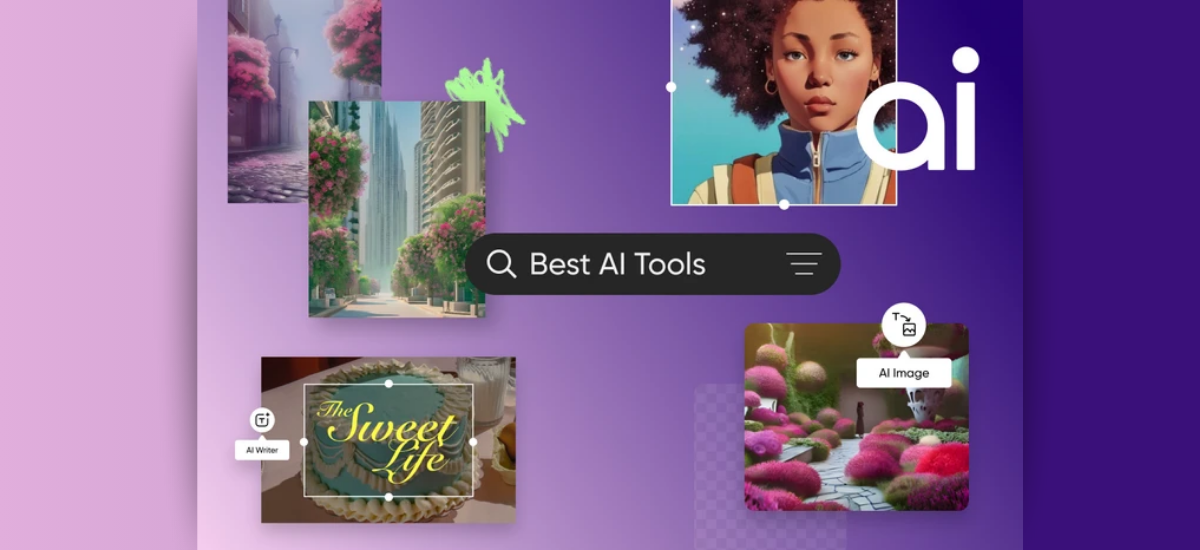
Depending on the type of artwork you want to produce, select a tool that fits your goals:
- MidJourney: Ideal for fantasy, surreal, or stylized digital art.
- DALL•E: Great for realistic or conceptual art from text prompts.
- NightCafe, Deep Dream Generator, and Runway ML are also worth exploring.
Spend some time exploring free and paid plans. Most platforms have communities and tutorials to help you get started.
2. Learn Prompt Engineering

Crafting the right prompt is essential for generating desirable images. Try:
- Being specific: “A futuristic city at sunset in cyberpunk style”
- Including styles: “in the style of Van Gogh”
- Mentioning colors or moods: “warm tones, peaceful atmosphere”
Experimentation is key. The more detailed and creative your prompt, the better the output. Joining communities like Discord groups or Reddit forums dedicated to AI art can provide helpful insights.
3. Curate and Refine Your Art
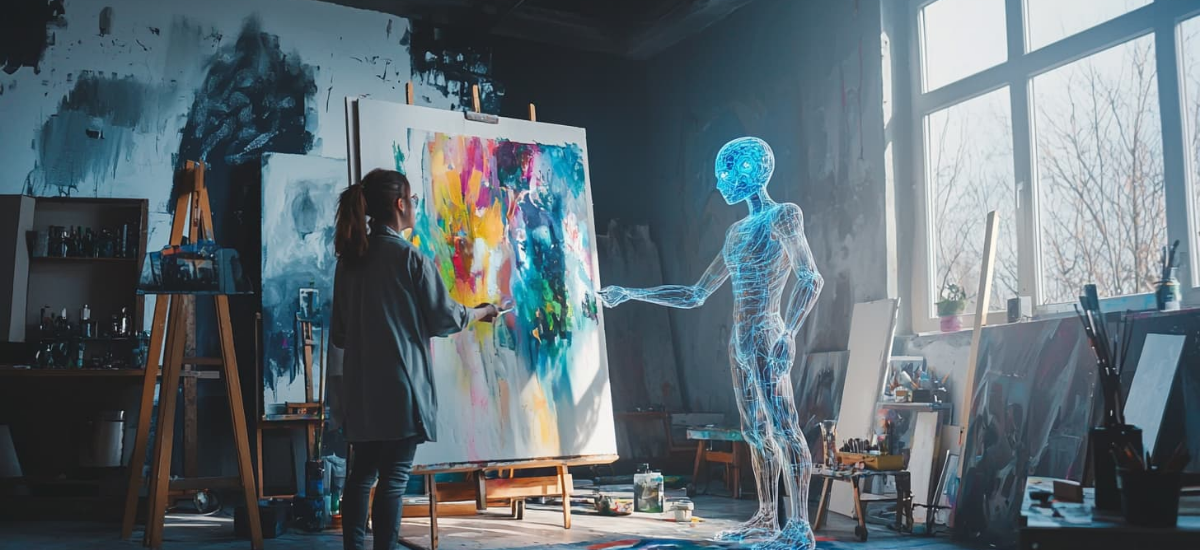
After generating images:
- Use editing tools (like Photoshop or Canva) to refine.
- Ensure high resolution and clarity.
- Remove watermarks (if licensing allows).
- Maintain consistency in style if building a brand.
Also, try batch creation—generating a series of artworks with a unified theme for seasonal or topical sales.
4. Decide How You Want to Sell
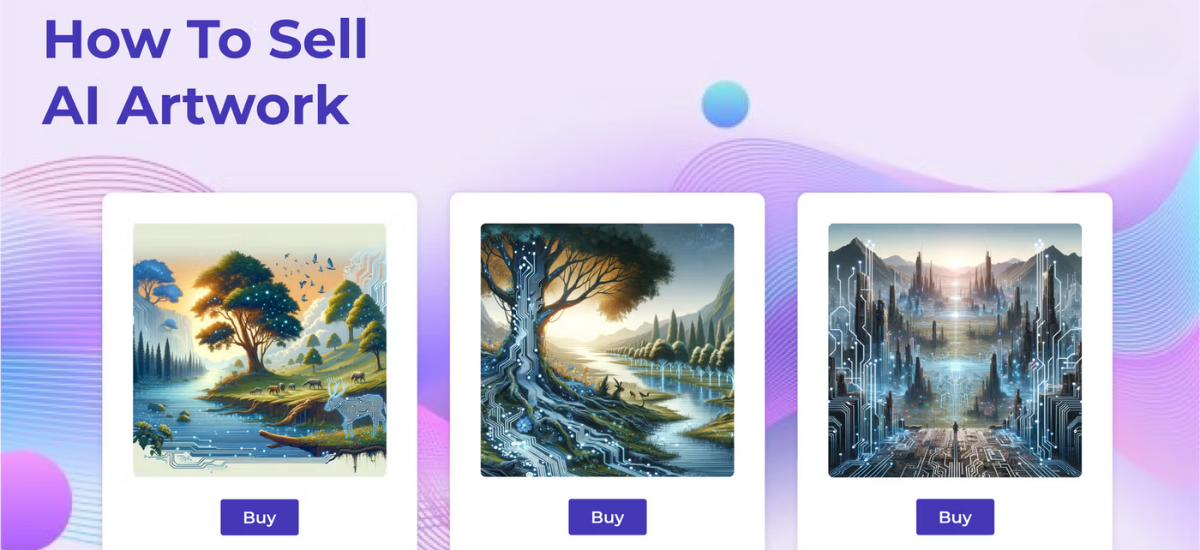
There are multiple ways to monetize your art:
a. Print-on-Demand (POD)
Use platforms like:
- Redbubble
- TeePublic
- Printful
- Society6
Upload your designs and sell them on t-shirts, mugs, posters, and phone cases. These platforms handle production and shipping. You only need to focus on creation and promotion.
b. Digital Downloads
Sell your art as:
- Wallpapers
- Printable posters
- Social media templates
- Zoom backgrounds
Use platforms like Etsy, Gumroad, or Creative Market to list your digital files. With digital downloads, there’s no inventory and no shipping required.
c. NFT Marketplaces
Convert your art into NFTs (Non-Fungible Tokens) using platforms like:
- OpenSea
- Rarible
- Foundation
NFTs provide a decentralized way to own and trade digital assets. While the NFT market has fluctuated, unique art still has demand. Learn how to mint, list, and promote your digital collectibles.
d. Freelance Platforms
Offer AI-generated art services on:
- Fiverr
- Upwork
- Freelancer
You can fulfill custom art requests or generate illustrations for books, websites, and social media. Include samples and respond quickly to client queries to stand out.
5. Build an Online Presence
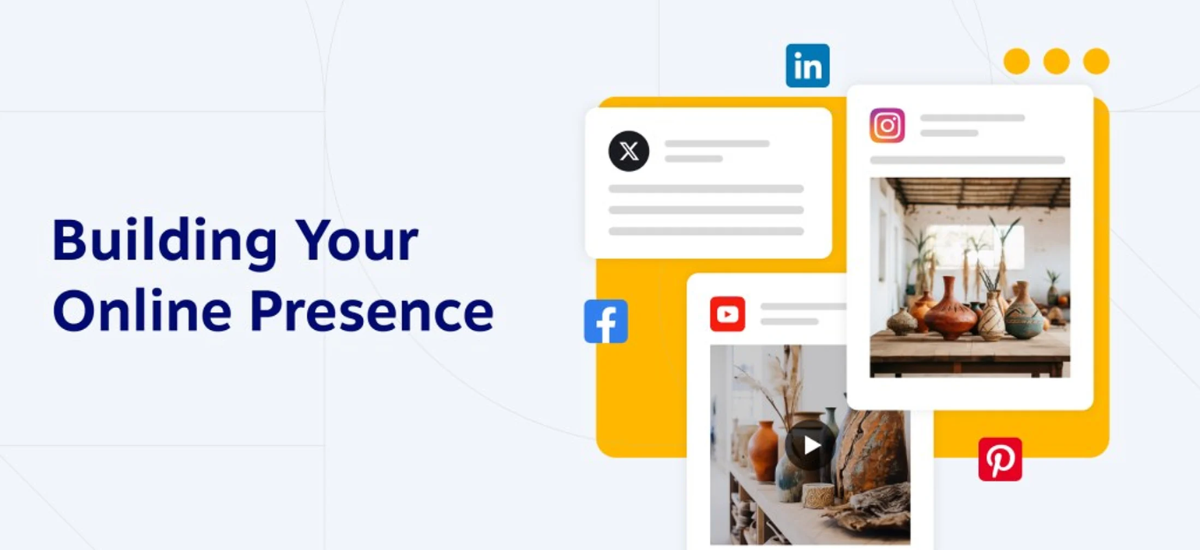
Having a portfolio or brand identity adds credibility:
- Use Instagram or Pinterest to showcase your creations.
- Build a website or online store (using Shopify, Wix, or Squarespace).
- Write a blog to talk about your creative process or offer tips.
Optimize your bio, use hashtags, and regularly post to attract followers and potential buyers.
6. Understand Licensing & Usage Rights
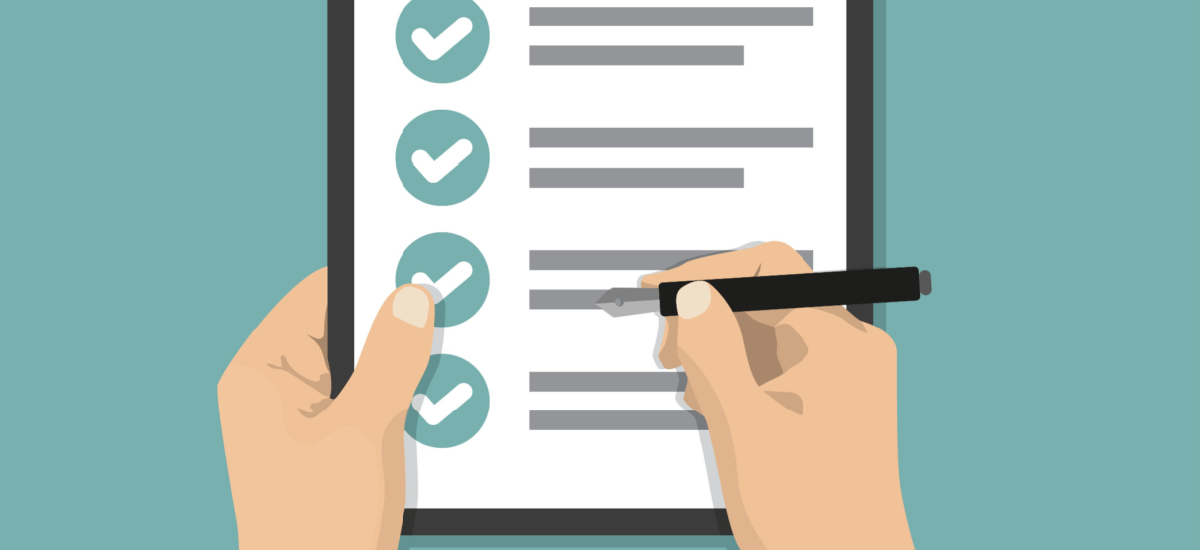
Always check the commercial usage policy of the AI tool you use. For example:
- MidJourney allows commercial use under its paid plans.
- OpenAI’s DALL•E has specific usage rights.
Read the fine print before monetizing to avoid copyright issues. Some platforms may require attribution, while others allow full commercial use.
7. Optimize Listings with SEO
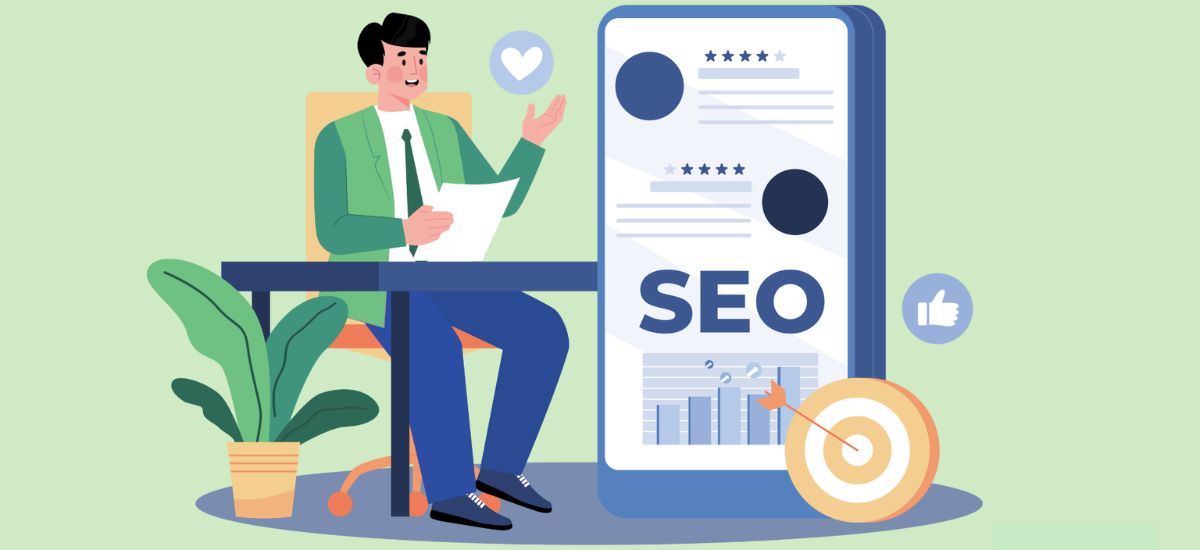
To increase visibility:
- Use keywords in titles and descriptions (e.g., “AI Art Digital Print Cyberpunk”)
- Include relevant tags and categories
- Write compelling product descriptions that highlight uniqueness and quality
- Consider seasonal trends (e.g., Halloween art, holiday prints)
SEO helps your listings appear in search results, increasing your chances of sales.
8. Offer Customization Services

Differentiate yourself by offering customized pieces:
- Personalized art based on customer photos or preferences
- Bundle packs for brands or content creators
- Seasonal or niche-themed collections
Custom offerings often fetch higher prices and build deeper customer relationships.
9. Track Your Analytics
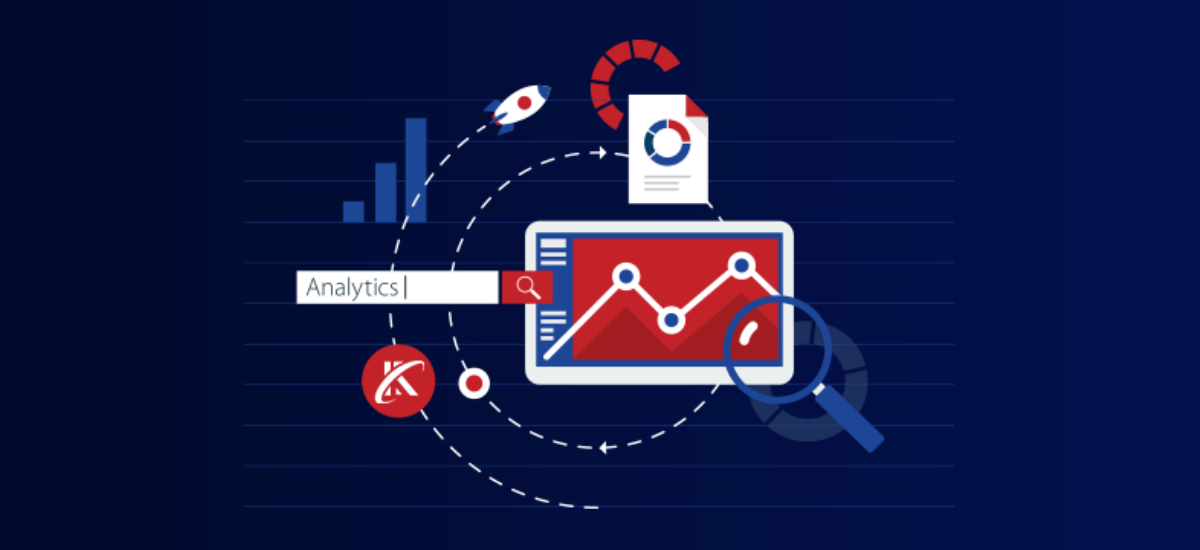
Understand what’s working by monitoring your sales, traffic, and customer behavior using tools like:
- Etsy analytics
- Google Analytics (for your website)
- Instagram insights
Make data-driven decisions about what styles, keywords, or products to focus on.
10. Keep Learning and Innovating

The AI space is rapidly evolving. Stay updated by:
- Following AI art communities (Reddit, Discord, YouTube)
- Experimenting with new platforms and features
- Attending webinars or reading case studies
Learn about the latest trends like generative video, 3D assets, and interactive art.
Bonus Tips to Maximize Earnings
- Collaborate with influencers or other artists to expand reach.
- Run promotions or discounts during festivals or art fairs.
- Bundle your artworks into theme packs for better value.
- Offer licensing for commercial use in ads, media, or games.
Final Thoughts
Monetizing AI-generated art doesn’t require traditional design skills. With the right tools, strategy, and creativity, you can build a profitable side hustle—or even a full-time business—selling digital creations online. Whether you’re selling prints, NFTs, or freelance services, there’s potential to tap into multiple income streams.
The key is to experiment, learn what resonates with your audience, and keep pushing the boundaries of your prompts and presentation.
Start today. Your creative journey with AI could be your next income stream.






